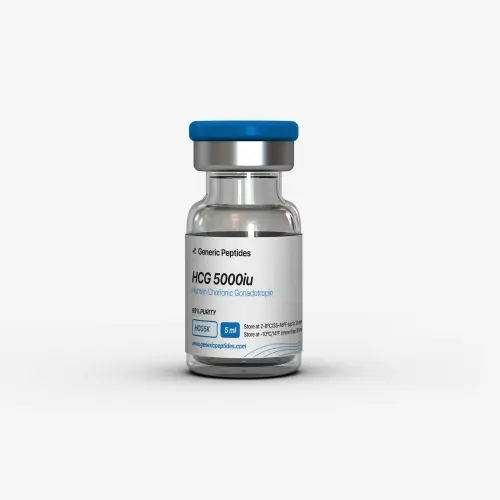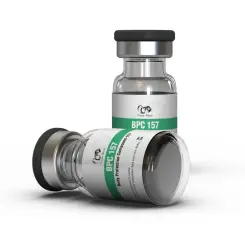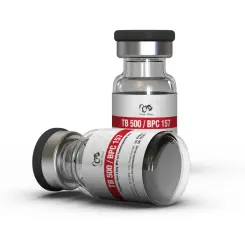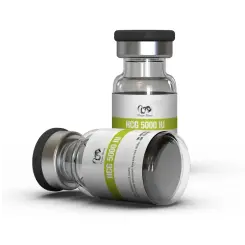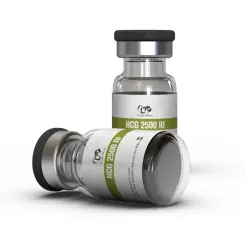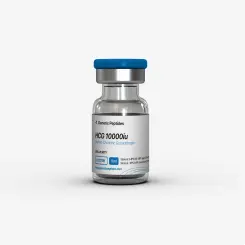HCG 5000 IU
- Stimulates testosterone production.
- Supports fertility and ovulation.
- Aids in post-cycle therapy (PCT).
- Enhances hormonal balance.
What is HCG 5000 IU Used for?
HCG 5000 IU, containing Human Chorionic Gonadotropin, is used to stimulate ovulation in fertility treatments, support testosterone production in men (e.g., during PCT or hypogonadism), and promote weight loss in specific medical protocols. It mimics LH, making it valuable in reproductive health and hormone optimization.
How Far Along Am I If My hCG Level is 5000?
An hCG level of 5000 IU/L typically suggests pregnancy progression between 4-5 weeks from the last menstrual period, though this varies widely. Levels increase rapidly early in pregnancy, peaking around 8-11 weeks, and exact gestational age requires ultrasound confirmation alongside hCG trends. Consult a healthcare professional for accurate assessment.
How Much Water for 5000 IU hCG?
To reconstitute 5000 IU hCG, use 1-2 ml of sterile Bacteriostatic Water. For a concentration of 2500 IU/ml, add 2 ml; for 5000 IU/ml, add 1 ml. Inject slowly into the vial at a 45-degree angle against the wall, gently swirl (do not shake), and use a sterile syringe (22-25 gauge). Consult a professional for precise dosing.
What is the Difference Between 5000 IU and 10000 IU hCG?
The difference between 5000 IU and 10,000 IU hCG lies in dosage strength and application. 5000 IU is commonly used for initial fertility stimulation or lower-dose PCT, while 10,000 IU is often for advanced fertility cycles or higher hormone support. Higher doses may increase side effects; efficacy depends on individual response and medical guidance.
How Long Does HCG 5000 IU Stay in Your System?
hCG has a half-life of approximately 24-36 hours, requiring dosing every few days for sustained effects. It remains detectable in the body for about 2-3 weeks, depending on dosage, metabolism, and testing methods. Bloodwork and professional guidance are advised for precise clearance timelines.
Mechanism of Action HCG 5000 IU
hCG mimics luteinizing hormone (LH), stimulating the testes to produce testosterone and the ovaries to trigger ovulation. It supports spermatogenesis and maintains pregnancy in early stages, enhancing hormonal balance. Effects begin within hours and sustain with regular dosing. Users notice hormonal shifts within days. What doesn't happen: no direct muscle growth, but estrogen monitoring is key.
How It Works & Key Benefits
HCG 5000 IU excels for individuals in fertility treatments or PCT, requiring medical supervision to maximize its hormonal and reproductive benefits.
- Stimulates testosterone production.
- Supports fertility and ovulation.
- Aids in post-cycle therapy (PCT).
- Enhances hormonal balance.
- Delivers rapid LH-like action.
- Stacks with hormone therapy protocols.
Who It's For & Product Specifications
Best for individuals undergoing fertility treatment or PCT; suitable for men and women with medical supervision. Not recommended for beginners or those with hormone-sensitive cancers without professional guidance.
| Substance | Human Chorionic Gonadotropin |
|---|---|
| Concentration | 5000 IU |
| Form | Vial (requires reconstitution) |
| Pack Size | Vial |
| Half-life | ~24-36 hours |
| Aromatization/Hepatic | Non-applicable / Minimal hepatic |
| Primary Use | Fertility, testosterone support, PCT |
| Manufacturer | Generic Peptides |
| Brand | Pregnyl |
How to Take HCG 5000 IU
- Dosage: Men: 500-1000 IU 2-3 times/week for PCT; Women: 5000 IU once for ovulation induction; start low to assess response.
- Frequency: 2-3 times weekly (PCT) or as prescribed (fertility), depending on protocol.
- Cycle length: 2-3 weeks (PCT) or single dose (fertility); discontinue if adverse effects occur.
- Preparation/Monitoring tips: Reconstitute with 1-2 ml Bacteriostatic Water using a sterile syringe (22-25 gauge), inject intramuscularly or subcutaneously; monitor estrogen, testosterone, and liver function via labs; maintain hydration.
- Results timeline: Hormonal response in hours; fertility/PCT effects in 1-2 weeks.
- PCT timing: Not applicable as a PCT agent, but monitor post-use hormone levels; consult a professional.
Popular Stacks
Clomid: Enhances PCT synergy.
Nolvadex: Supports estrogen control.
HMG: Boosts fertility support.
Cycle Support: Supports liver health during use.
Comparisons & Alternatives
HCG 5000 IU vs HCG 10000 IU: 5000 IU is a standard dose for initial use; 10000 IU is for advanced cycles.
HCG 5000 IU vs HMG: HCG mimics LH; HMG includes FSH for fertility.
HCG 5000 IU vs Clomid: HCG is injectable; Clomid is oral for PCT.
Side Effects & Risk Management
- Endocrine: Estrogen increase—monitor levels, use aromatase inhibitors if needed.
- Gastrointestinal: Mild nausea—take with food, reduce dose if needed.
- Systemic: Headache—hydrate, rest if persistent.
- Other: Gynecomastia (rare)—discontinue if severe.
Consult a professional to ensure safe use and monitor hormonal and overall health.
FAQ
What is HCG 5000 IU used for?
HCG 5000 IU is used for fertility and testosterone support; see What is HCG 5000 IU Used for. It's effective—consult professionals for safe use.
How far along am I if my hCG level is 5000?
It suggests 4-5 weeks of pregnancy; see How Far Along Am I If My hCG Level is 5000. Confirm with ultrasound—consult professionals.
How much water for 5000 IU hCG?
Use 1-2 ml Bacteriostatic Water; see How Much Water for 5000 IU hCG. Use sterile technique—consult professionals.
What is the difference between 5000 IU and 10000 IU hCG?
5000 IU is standard; 10000 IU is higher for advanced use; see What is the Difference Between 5000 IU and 10000 IU hCG. Adjust with guidance—consult professionals.
Related Products
- Speeds up muscle and tendon recovery post-injury.
- Reduces inflammation for faster healing.
- Enhances joint and tissue resilience for intense training.
- Supports gut health and systemic recovery.
- Accelerates muscle and tendon repair for quick recovery.
- Reduces inflammation systemically and locally.
- Enhances joint and tissue resilience for intense training.
- Supports comprehensive healing for uninterrupted performance.
- Stimulates rapid testosterone production for HPTA recovery.
- Preserves testicular function and fertility during PCT.
- Prevents muscle loss post-anabolic cycle.
- Supports hormonal balance for sustained well-being.
- Stimulates natural testosterone production for rapid recovery.
- Maintains testicular function and fertility during PCT.
- Prevents muscle loss post-anabolic cycle.
- Supports hormonal balance for sustained well-being.
- Stimulates testosterone production.
- Supports fertility and ovulation.
- Aids in post-cycle therapy (PCT).
- Enhances hormonal balance.
